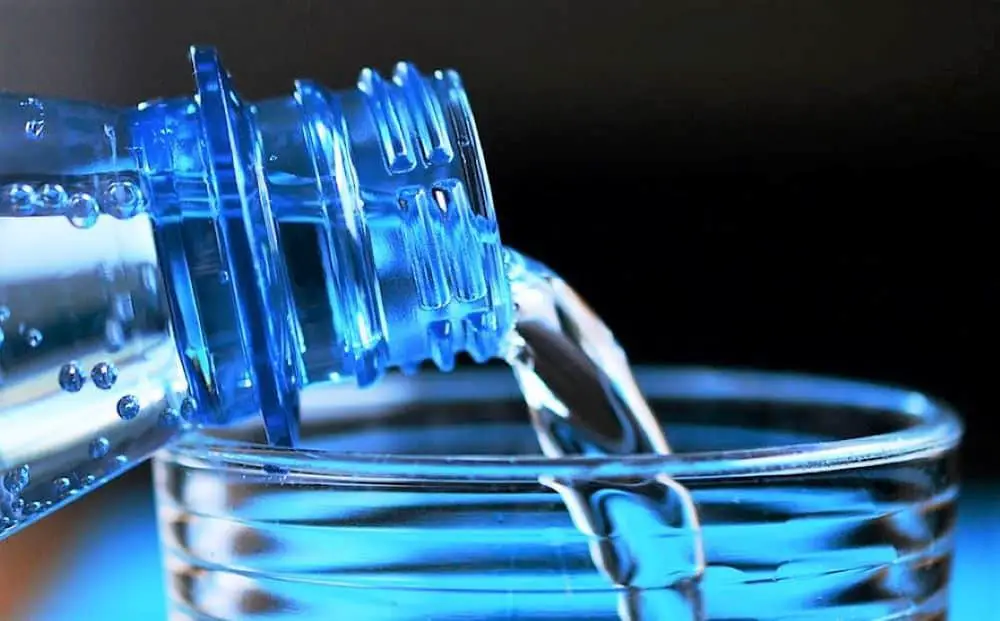Many, including myself, have wondered if water (alone) can be used to reduce the viscosity of acrylic paint in order to run it through an airbrush. Well, today we will be solving this mystery once and for all.
I don’t know about you, but I’m always looking for a way to save money. Whether that be by going with a cheaper paint, or opting for a cheaper means of paint reduction (such as water).
If you have spent little, too any time looking around at the paints and
Paint products are expensive!
I’m assuming that is why you have began looking for alternative thinners for your acrylic paints. At least that’s why I have spent so much time looking for cheaper alternatives to what the manufacturer’s sale.
Water As An Acrylic Paint Reducer
Given the fact that acrylics are water based, It would only make sense to be using water to thin the paints.
Right?
Well, from the outside looking in, it would seem water would be just fine to use for thinning acrylics. However, this isn’t always the case.
Using water to thin acrylic paint can be done, but is preferred using distilled water. Tap water has to many impurities in it. However, using a significant amount of water to reduce your acrylic paint can result in some undesirable outcomes. Especially, if you are heavily reducing the paint.
Why Water Alone Isn’t The Best Reducer
There are 2 major reasons why water alone is not necessarily ideal for thinning acrylic paints.
First Reason:
The First is because most modern acrylic reducers that are specific for the brand of paints you may be working with tend to have “flow aids”, and “adheasion promoters” to help maintain the paints ability to flow from the airbrush, and adhere to the surface.
By simply using water you essentially dilute the paints ability to adhere well to surfaces.
Second Reason:
The Second reason as to why water (by itself) isn’t the best option for thinning paint, is because acrylic paint is made up of 3 different elements. Those are:
- Pigments – Granular solids that make up the paints color
- Binders – Keeps the pigment in place after it dries
- Mediums – The pigment, and binder carrier. For water based paints such as acrylics, the carrier is water.
more about the makeup of acrylics at: liquitex
By simply using water alone to thin the paint you basically dilute the binders in the paint that hold the paint in place as it dries and after.
Simply put, if you need to thin out your paint, you need to add both a binding agent, and medium in the correct proportions in order to maintain the paints ability to work as it was designed to.
So what does this mean.
Rather you most likely will be fine using a little amount of water to reduce your paint. So you have something to base “a little” off of, Were talking 3:1 (3 parts paint: 1 part water). Much more than that an you could reduce the properties of the paint to the point of breaking.
If this occurs then simply add more paint to the mixture.
Keep in mind the amount of water that can be safely added to acrylic paint will vary depending on the brand of paint you are using.
If you must use water to thin your paints then do so sparingly. However, if
Personally, I don’t use straight water for thinning my acrylics, simply because it tends to break my paint, and make it difficult to work with.
Plus I have found water alone tends to allow the paint to dry much quicker than I’d like. That is why there are a few additives that I like other then just straight water. (Again, I’ll go over those additives in my article about
Conclusion
Water can be used to thin acrylic paints but its best if you use distilled water, and you use it sparingly. Adding water to acrylic paint can cause the Binder and Medium to become out of sync.
Essentially diluting the binder to the point it struggles to do its job. That being, “keep the pigment in place after dry time”.
Don’t get me wrong, water can be used, and typically is, even in the paint manufacturer’s specific thinners. But to much water, without the added binders and other secret elements. The paint could become unstable, and difficult to achieve desired outcomes.
Anyway, I hope you were able to find some value here! If you have any further questions regarding the airbrush do be sure to take a look around the website. Airbrush Insider is dedicated to helping all in the airbrush community!
This is Colt signing off!
Check Out Some Of My Favorite Airbrush Equipment:

